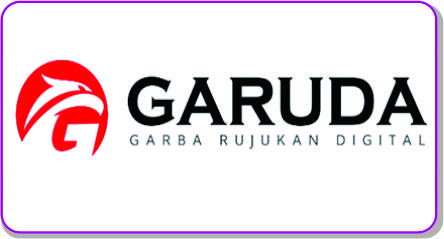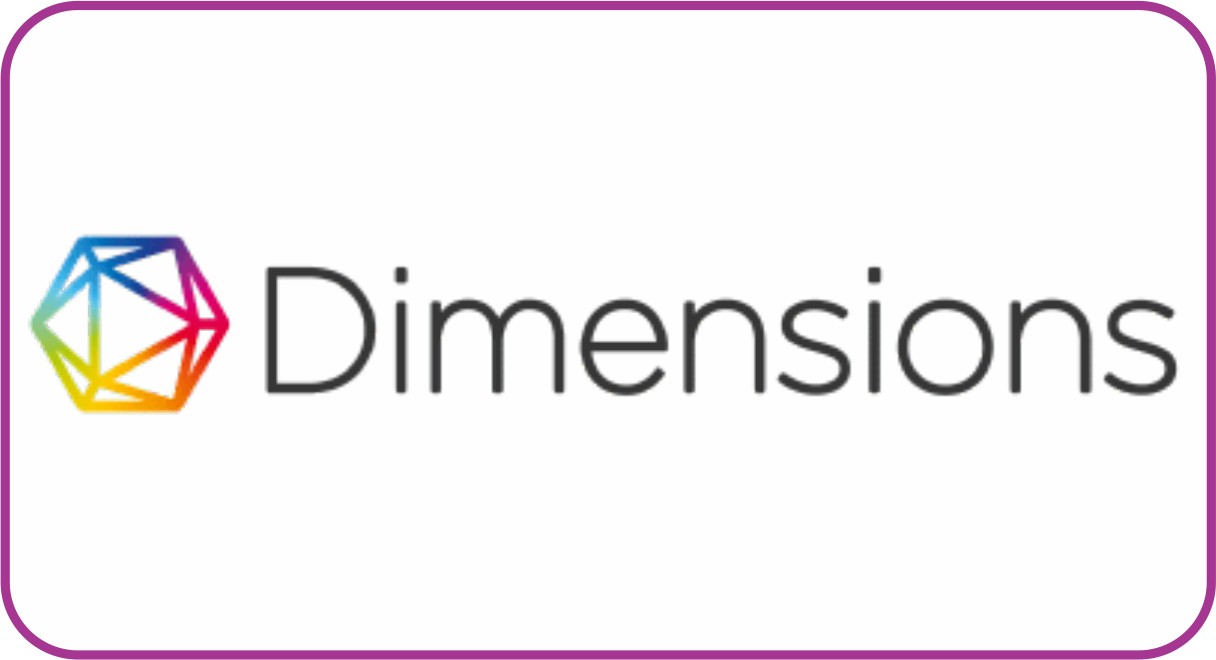Method of Teaching : GTM Versus CLT
DOI:
https://doi.org/10.30983/mj.v2i2.5119Keywords:
teaching method, grammar translation method(gtm), communicative language teaching (clt)Abstract
One of the key components of implementing the goals of education in teaching and learning process, particularly in English classes is methodology. The primary goal of this article is to provide information regarding two remarkable procedures, GTM and CLT, as GTM was previously widely employed and CLT is currently very well known. This paper's strength is in its ability to increase educational professionals' understanding, particularly about English teaching methods. The principles used to compare the two approaches are clearly outlined. The principles are characteristics of the teaching-learning process, the nature of instruction, handling the students' feelings and emotions, the significance of the students' native languages, the language skills that are prioritized, and the teacher's response to the mistakes of the students. CLT is currently the more advantageous approach, while GTM still offers some advantages.
Salah satu kunci dalam mengimplementasikan tujuan pendidikan dalam proses belajar mengajar, khususnya di kelas bahasa Inggris adalah metodologi. Tujuan utama dari artikel ini adalah untuk memberikan informasi mengenai dua metode yang luar biasa, GTM dan CLT, karena GTM sebelumnya banyak digunakan dan CLT saat ini sangat terkenal. Keunggulan tulisan ini terletak pada kemampuannya untuk meningkatkan pemahaman para profesional pendidik, khususnya tentang metode pengajaran bahasa Inggris. Prinsip-prinsip yang digunakan untuk membandingkan kedua metode tersebut diuraikan dengan jelas. Prinsip-prinsip tersebut adalah karakteristik proses belajar-mengajar, sifat pengajaran, penanganan perasaan dan emosi siswa, pentingnya bahasa ibu siswa, keterampilan bahasa yang diprioritaskan, dan respon guru terhadap kesalahan siswa. CLT saat ini merupakan pendekatan yang lebih menguntungkan, sementara GTM masih memiliki beberapa keuntungannya tersendiri.
References
Benati, A. G. (n.d.). K E Y Q U E S T I O N S I N L a N G U a G E T E a C H I N G. Cambridge University Press.
Brown, H. D. (2015). Teaching by Principle; An Interactive Approach to Language Pedagogy. Fouth Edition. New York: Pearson Longman.
Celce-Murcia, M. (2014). Teaching English as a Second or Foreign Language. Fouth Edition. Heinle: Language Learning.
Harmer, J. (2007). The Practice of English Language Teaching. Fourth Edition. Cambridge: Pearson Longman.
Hiep, P.H. (2005). “Imported†Communicative Language Teaching Implications for Local Teachers. Journal of English Teaching Forum. 43 (4) 2-9.
Larsen-Freeman, D and Anderson, M. (2017). Techniques and Priciples in Language Teaching. Third Editions. Oxford: Oxford University Press.
Liu, W. (2020). Language Teaching Methodology as a Lived Experience: An Autoethnography from China. RELC Journal. https://doi.org/10.1177/0033688220920371
Thompson, G. (1996). Some Misconceptions about Communicative Language Teaching. ELT Journal. 50 (1) 9-15.
Xerri, D. (2012). The use of authentic texts with postgraduate students. Journal of Education and learning, 1(1), 43. : http://dx.doi.org/10.5539/jel.v1n1p43
Downloads
Additional Files
Submitted
Accepted
Published
Issue
Section
License
Authors who publish with this journal agree to the following terms:
- Authors retain copyright and grant the journal right of first publication with the work simultaneously licensed under a Creative Commons Attribution License that allows others to share the work with an acknowledgment of the work's authorship and initial publication in this journal.
- Authors are able to enter into separate, additional contractual arrangements for the non-exclusive distribution of the journal's published version of the work (e.g., post it to an institutional repository or publish it in a book), with an acknowledgment of its initial publication in this journal.
- Authors are permitted and encouraged to post their work online (e.g., in institutional repositories or on their website) prior to and during the submission process, as it can lead to productive exchanges, as well as earlier and greater citation of published work (See The Effect of Open Access).









